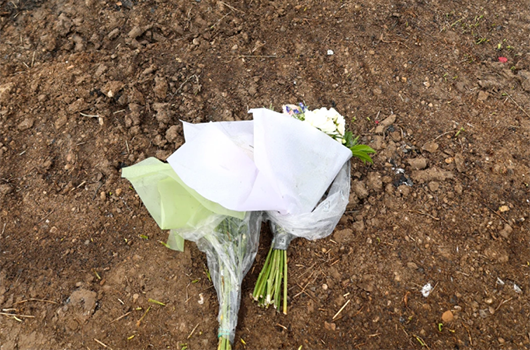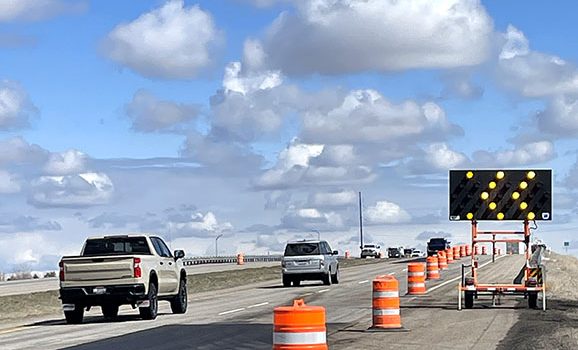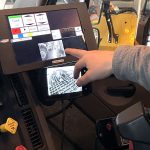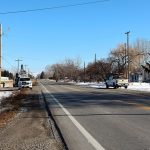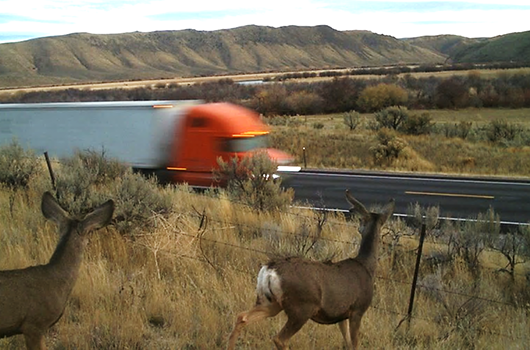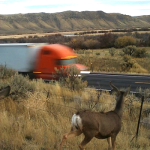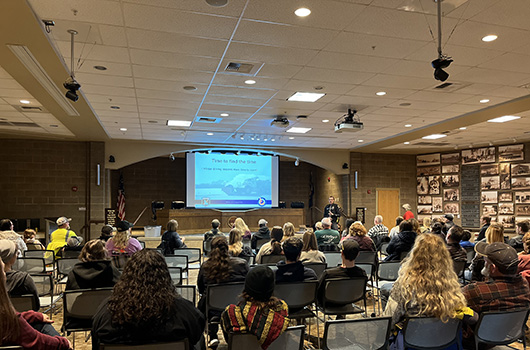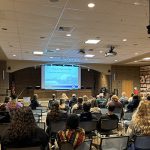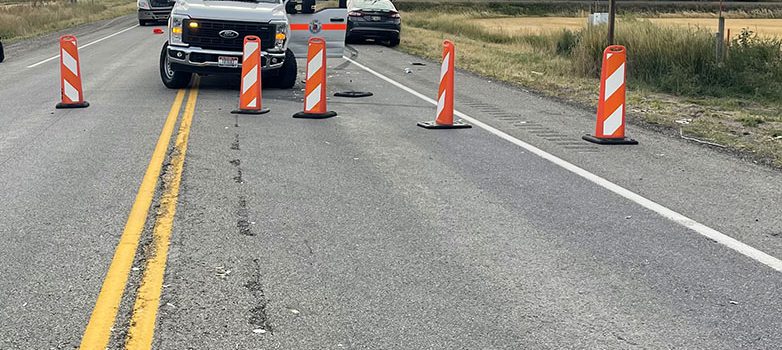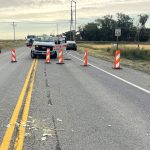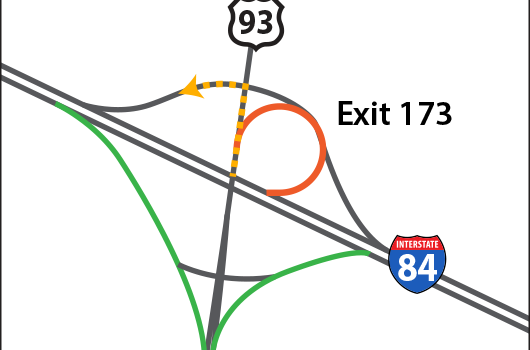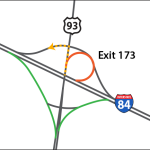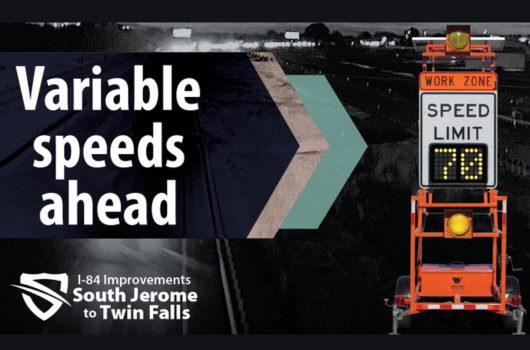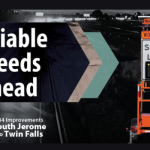People see the Idaho Transportation Department logo and seem to have an automatic response, for better or worse. They’re the ones causing construction delays, needing to get the snow off the road already, or taking too long whatever they’re doing. They don’t do anything right and never will. Their flashing orange lights could just as easily be the mailman.
It’s not likely that you think of ITD as being the ones to first call 911, the ones to keep you from freezing or assess injury at the side of the road. They’re not your emergency responders. But then again, yes, they are.
All across Idaho, there is no one that travels the over 12,000 lane miles of highways and interstates more continually than the men and women behind the blue and orange ITD logo. The likelihood that they’ll be there when a crash or emergency occurs is higher than anyone else. The police and ambulance have to be called in. ITD is already there.
When two crop duster planes collided and crashed alongside US-26 near Arco, an ITD striping crew was there, becoming the first to assess the pilots. When a motorcycle crash occurred on Interstate 15 near Dubois, part of the ITD maintenance crew was there, already working the roads they consider their own. The story is similar in the case of many incidents across Idaho over the years.
“We spend so much time on the road, that nine times out of ten, we’re the first on scene when anything happens,” Idaho Falls area foreman Jared Loosli said. “And we’re not just going to pass by and leave.”
In the instance of a recent multi-fatality crash near the I-15/ US-20 interchange, Loosli and his crew were called in immediately to assist the Idaho State Police. Most people don’t realize that when state troopers get called out, ITD is almost always called out too.
“We have great foremen for ITD here in Idaho,” ISP Lieutenant Marvin Crane said. “We have personal relationships with them, and they never say they can’t do something. They’re always asking, ‘What do you need?’ and getting things done within minutes.”
“It does affect you,” Loosli stated, also noting that the worst incident he’s ever been a part of happened to one of his own guys.
“The first thing I’m thinking about is my crew,” Ashton/ Island Park foreman Ryan Wright added. “At that point, there are no traffic devices, there’s not time and it’s not the priority. It’s just our guy in the middle of everything trying to help.”
Very recently, Driggs/ St. Anthony Foreman Lucas Richins witnessed what all ITD foremen prioritize and fear the most. An ITD maintenance worker was hit after a distracted driver ran through a roadblock while powerline repair work was being done on SH-33.
So not only are ITD employees unhailed first responders, they’re also the underappreciated workers putting their lives on the line every day. Earlier this year, three of Loosli’s crew were removing hazards from I-15 when a semi grazed the side of their vehicle, damaging the rear end and taking off the driver’s side mirror. A mere two inches would’ve changed the outcome of that incident entirely.
What is it that keeps the guys in yellow working in these risky situations and responding to emergencies, knowing full well that public opinion is often negative and even rude?
“These are small communities,” Mackay/ Challis foreman Jeremy Johnson noted. “When we go out on a call, it could very well be our own friends and families. We’re thinking of keeping them safe in everything we do.”
“When I’m doing something myself, I can see the progress and know that I’m making things safer for everyone,” Wright shared. “I actually love to go out plowing. I love what I do.”
“It’s really a mentality,” Loosli says. “You either have it or you don’t honestly. People complain because they drive by and see four guys standing around. But we know why, we see the bigger picture and the process. The 30 seconds people see isn’t the story of the whole 10-hour day at all.”
“On instinct, I’m thinking about what I could have done, how could this have been prevented?” Richins said. “But then the biggest thought becomes frustration. We’re here trying to help and to serve. When we close a road, the whole point is to keep people safe. Driver awareness is so negligent that it really is frustrating. It’s dangerous.”
Adding to the dangerous nature of the job is the reality that the ITD fleet are not considered emergency vehicles, and ITD signage is too often not respected. Multiple layers of striped road blockades or orange traffic barrels somehow don’t always keep people out.
“We don’t enjoy closing a road or causing delays,” Richins emphasized. “We do it and we have to because it is the safest way. People need to be patient and have respect.”
“I don’t need to be liked,” Wright added. “I’m still here to do a job and to protect people.”
So maybe the next time you barely notice the flashing orange lights of an ITD vehicle alongside the road, want to scream in standstill construction traffic or at being stuck behind a plow, you’ll slow down and think too that those folks in bright yellow are also the ones who will be there before anyone else can. They could be the difference between freezing after sliding off the road or staying warm until the tow truck gets there. They could be the one to help make sure that your own family and friends across our tight-knit Idaho communities are given emergency support in time to matter.
It’s even highly likely that they will be.
